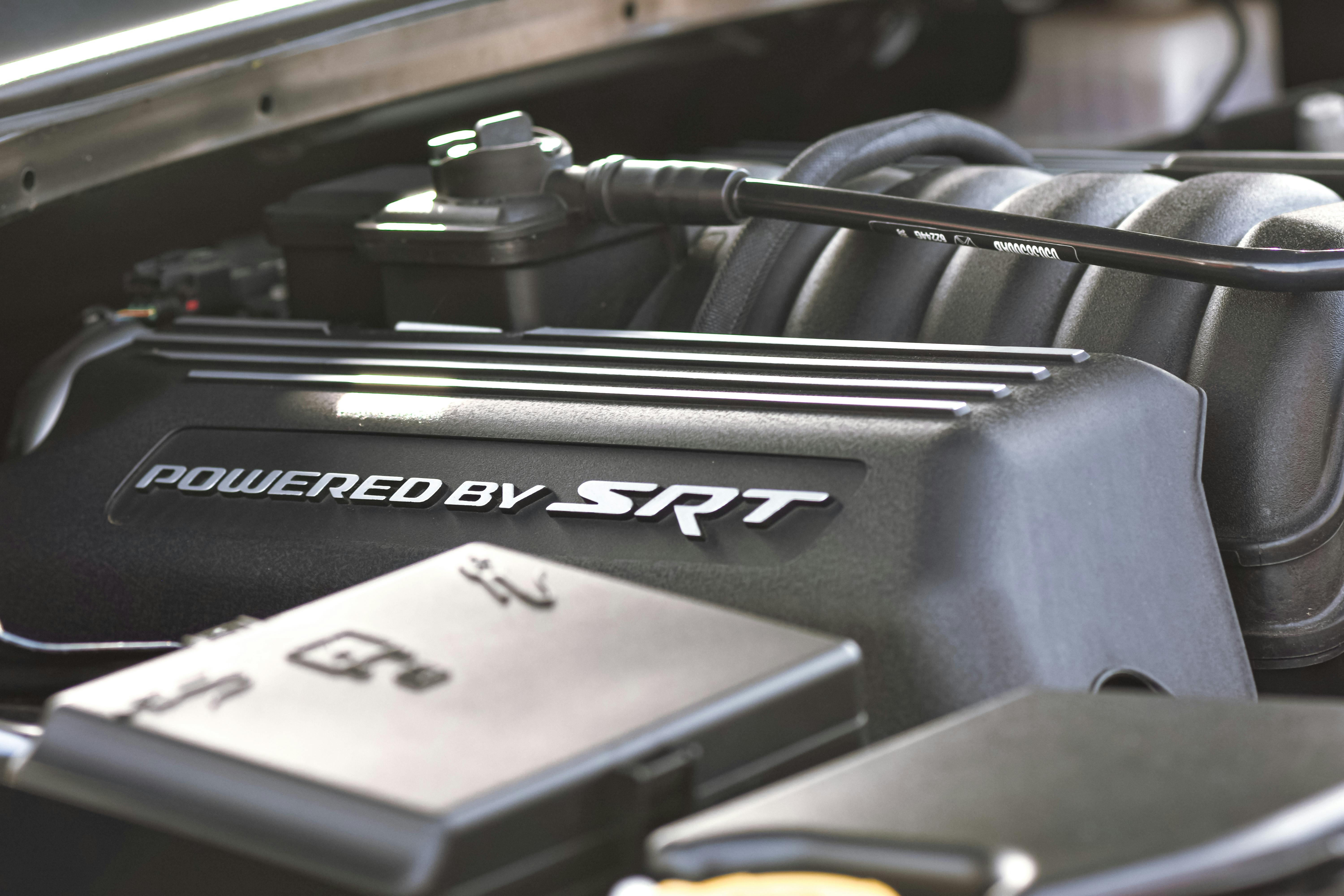"Reimagining the Wheels: How Non-Pneumatic Tires are Paving the Way Forward"
Imagine driving on a rough, rocky road without a care in the world about flat tires. This isn't a futuristic dream but a reality being shaped by non-pneumatic tires. These airless, puncture-proof alternatives to traditional tires are poised to revolutionize our driving experience and the auto industry as a whole.

The Origins and Evolution of Non-Pneumatic Tires
Non-pneumatic tires, also known as airless tires, date back to the 19th century when they were used for bicycles and horse-drawn carriages. These early models were made of solid rubber and lacked the comfort and performance of their inflated counterparts. But as technology advanced, so did the design and functionality of non-pneumatic tires. Today, they are made from a variety of materials, including high-strength polymers and composites, which offer superior durability and resilience.
Current Trends and Developments in Non-Pneumatic Tires
The rise of non-pneumatic tires is a part of a larger trend towards sustainability and efficiency in the auto industry. Manufacturers are exploring ways to reduce waste and improve fuel efficiency, and non-pneumatic tires align perfectly with these objectives. They are durable, recyclable, and their structure reduces rolling resistance, which can lead to better fuel economy.
Companies like Michelin and Bridgestone are at the forefront of these developments, creating non-pneumatic tires that are not just resilient but also provide a comfortable ride. Michelin’s Tweel, for example, is a single unit of tire and wheel made from flexible spokes that absorb shock and create a smooth ride.
The Impact of Non-Pneumatic Tires on the Auto Industry
The adoption of non-pneumatic tires could have far-reaching implications for the auto industry. With no risk of puncture, drivers would no longer need to carry a spare tire, which could lead to weight reduction and improved fuel efficiency. Furthermore, the durability of these tires could extend their lifespan and reduce the environmental impact of tire waste.
However, non-pneumatic tires also come with challenges. They currently cost more to produce than traditional tires, and retrofitting existing vehicles to accommodate them could be costly. There’s also the issue of road noise, which is often higher in airless tires due to the vibration of the spokes.
The Future of Non-Pneumatic Tires
Despite these challenges, the future of non-pneumatic tires looks promising. Their resilience, environmental benefits, and potential for improved fuel efficiency make them an attractive option for the auto industry. As technology continues to advance and the cost of production decreases, we can expect to see more vehicles equipped with these innovative tires.
In conclusion, while non-pneumatic tires may still have obstacles to overcome, their potential to revolutionize the driving experience and the auto industry cannot be overlooked. They represent a significant step towards a future where flat tires are a thing of the past and driving is more efficient, comfortable, and environmentally friendly.





